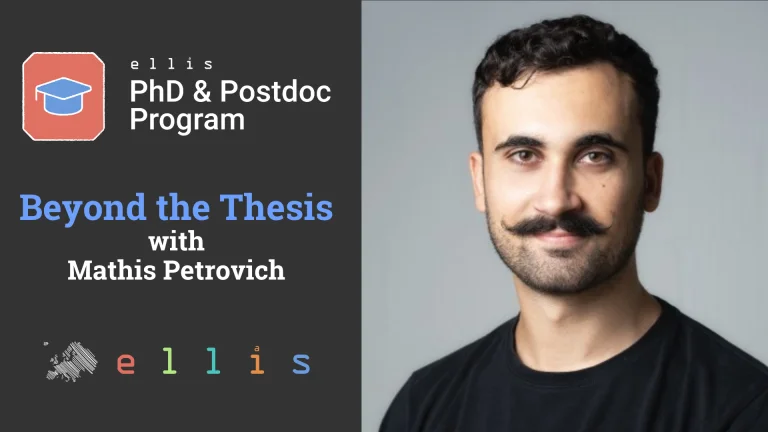



Beyond the Thesis with Mathis Petrovich
Name: Mathis Petrovich
Affiliation: NVIDIA
Role: Research Scientist
Area of research: 3D Human Motion Synthesis
Personal website: https://mathis.petrovich.fr
PhD Primary Advisor: Gül Varol (ELLIS Scholar), Secondary Advisor: Michael J. Black (ELLIS Fellow)
ELLIS Experience
Can you briefly describe your PhD research and how the ELLIS network or its resources supported it?
During my PhD, I explored generative models as a scalable alternative to motion capture for synthesizing 3D human motions from natural language. I developed a series of models: ACTOR for action-conditioned motion generation, TEMOS for diverse text-to-motion synthesis, TMR for text-to-motion retrieval, and STMC for multi-track timeline control, pushing the boundaries of controllability and realism in language-driven motion generation. This work contributes novel architectures, training strategies, and evaluation protocols to advance controllable 3D human motion synthesis.
My PhD was carried out across two research labs: LIGM/ENPC in France and the Max Planck Institute for Intelligent Systems (MPI-PS) in Germany. I took part in the ELLIS Doctoral Symposium in 2021, where I presented my first research as a poster and had the opportunity to connect with fellow students and professors.
What was the most valuable aspect of being part of the ELLIS community during your PhD?
I think the most valuable aspect of being part of the ELLIS community is to be able to connect with a lot of people in different areas of research and help each other grow. The biggest advantage is having diverse advisors, which can give different views and interesting advice on the research in the PhD.
Another example, after COVID, ELLIS organised one of the first in real life events, and it was really amazing to meet other students and share our work together.
How did the international exposure and collaborations within ELLIS contribute to your professional development and network?
Making connections is really crucial for building a career in research, and I think being part of ELLIS is a good way to start our career.
What didn’t go as you expected during your ELLIS PhD? What could be improved in the program?
One thing that could be improved is having regular presentations of what ELLIS students are doing (every 6 months could be fine). So, we can potentially create more collaboration between labs if possible.
Current Role & Career Path
Can you briefly describe your career trajectory since graduating from the ELLIS PhD program?
I joined NVIDIA as a research scientist, continuing to work on 3D human motion synthesis, building on the focus of my PhD. NVIDIA offers an excellent environment for research, with strong support for impactful, long-term projects. Having interned there before, I was impressed by the talent and openness of the team, which made the decision to return an easy one. The collaborative atmosphere and commitment to research make it an inspiring place to grow and pursue new ideas.
I decided to pursue a career in industry motivated by the love of building a project from top to bottom, and seeing if we can end up with a usable product at the end. Right now, I am working on a big project in 3D human motion synthesis, but I can’t give more information at the moment.
What are you most passionate about in your current role?
I’m most passionate about the creative side of research—writing code, testing new ideas, and building things that actually work. What really motivates me is the output: generating human motion. It’s visually rich, expressive, and honestly, just very cool to watch. Unlike many technical fields, it’s something I can show to my family and friends—they instantly understand it and are fascinated by it. That personal connection keeps me excited about what I do.
Impact of Your Work in AI
Can you describe a project you've worked on that has real-world impact?
While 3D human motion synthesis may not yet be making a major global impact, I believe it has strong potential. For example, generating motion from text could enable intuitive, language-based control of robots, making human-robot interaction more accessible. It could also support applications in assistive robotics, virtual training, and simulation—helping AI systems better understand and replicate human behavior in the real world.
My work helps to make cutting-edge AI techniques more accessible and effective in the field of 3D human motion synthesis. For example, using Transformers for motion synthesis was new when I started my PhD, but today, it’s become a widely adopted approach in the community. By pushing this forward, I’ve contributed to making it easier for researchers and developers to build more realistic and expressive virtual humans, which can benefit applications like animation, virtual reality, and eventually human-robot interaction.
What are the most exciting or promising areas of AI research that you see on the horizon?
I think robotics is one of the most promising directions right now. As we move toward a future with personal robot assistants, we’ll need to solve many complex challenges—how robots see the world, understand language, and move naturally through space. My field, especially generating human motion from text, could play a key role in enabling intuitive, language-based control of robots. It’s a huge interdisciplinary challenge, and that makes it really exciting.
